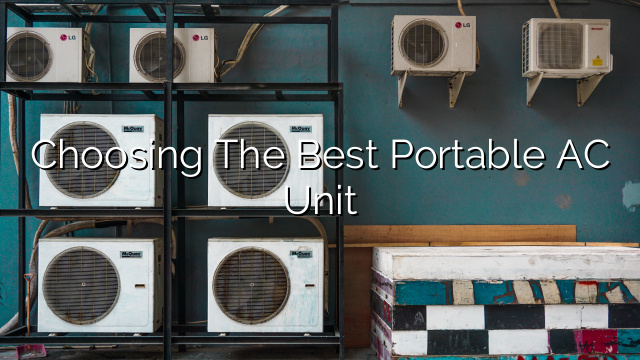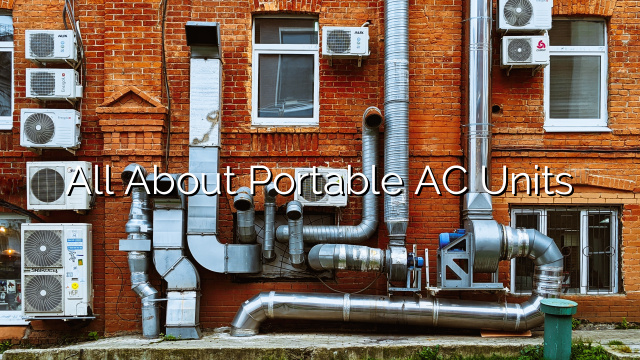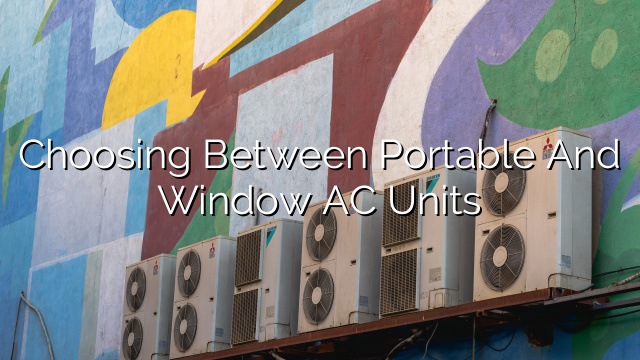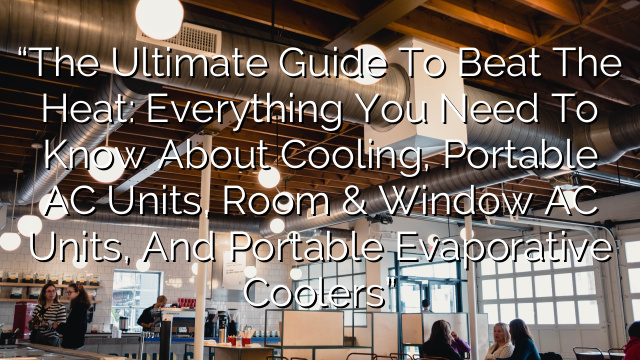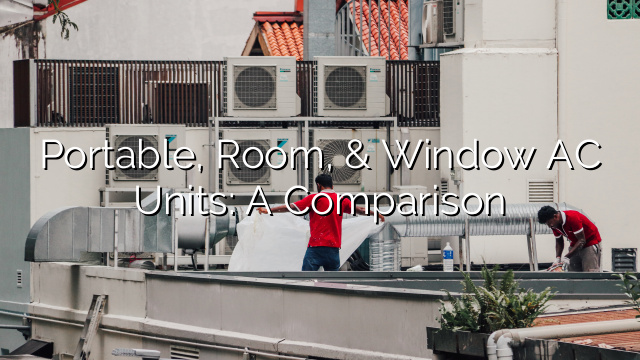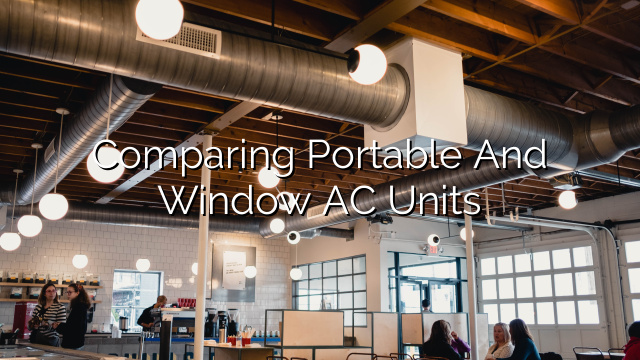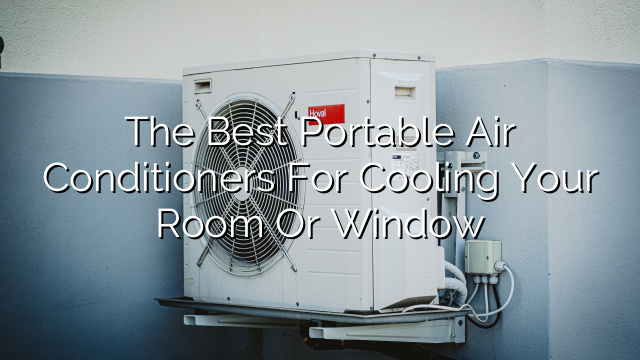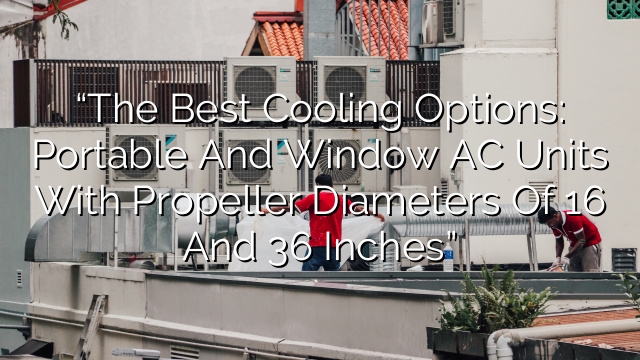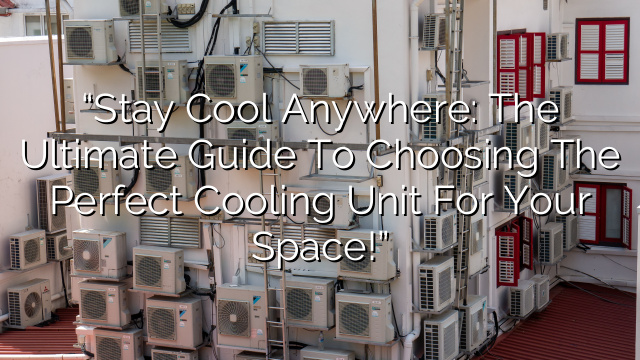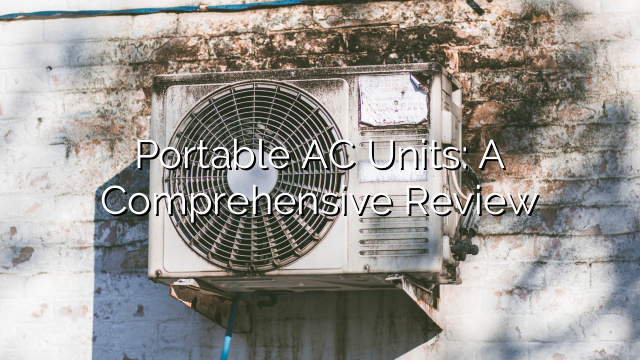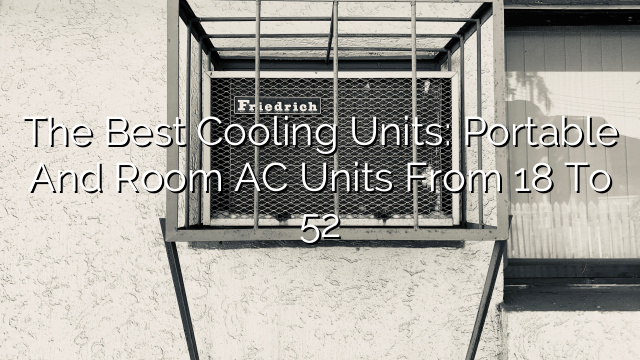Introduction
During the hot summer months, keeping your home cool and comfortable is essential. One of the best ways to achieve this is by investing in a portable AC unit. Portable air conditioners offer the convenience of being able to cool individual rooms or areas, without the need for a central cooling system. In this blog post, we will discuss how to choose the best portable AC unit for your needs.
Factors to Consider
With a wide range of portable AC units available in the market, it can be overwhelming to choose the right one for your home. Here are some important factors to consider before making your purchase:
- BTU Capacity: The BTU capacity of a portable AC unit determines its cooling power. The higher the BTU, the larger the area the unit can cool. Consider the size of the room you want to cool and choose a unit with an appropriate BTU capacity. Most manufacturers provide guidelines on the recommended BTU capacity for different room sizes.
- Energy Efficiency: Energy efficiency is an essential consideration when choosing any cooling appliance. Look for portable AC units that have an Energy Star rating. These units are designed to be more energy-efficient and can help lower your energy bills.
- Noise Level: Some portable AC units can be noisy, which can be a problem if you plan to use it in your bedroom or office. Look for units that offer quiet operation, usually measured in decibels (dB). Aim for a unit that produces around 50 to 60 dB, which is similar to the noise level of a normal conversation.
- Portability: The whole point of a portable AC unit is its portability. Look for units that come with caster wheels for easy mobility. Additionally, consider the size and weight of the unit if you plan to move it frequently.
- Features and Controls: Consider the features and controls offered by different portable AC units. Some units offer programmable timers, sleep modes, remote controls, and multiple fan speeds. Choose a unit that has the features that are most important to you.
Types of Portable AC Units
There are two main types of portable AC units: single-hose and dual-hose units. Understanding the difference between these two types can help you make an informed decision:
- Single-hose Units: Single-hose units use a single exhaust hose to expel hot air and moisture from the room. These units are typically more affordable and easier to install. However, they may not be as efficient in cooling larger spaces.
- Dual-hose Units: Dual-hose units have two separate hoses – one for air intake and one for air exhaust. This design allows for more efficient cooling and prevents negative air pressure in the room. Dual-hose units are generally more expensive and require more complex installation.
Installation and Maintenance
Proper installation and maintenance are crucial for the optimal performance and longevity of your portable AC unit. Here are some tips:
- Installation: Follow the manufacturer’s instructions for installation. Ensure that the unit is placed near a window or vent for venting the hot air. Use the provided window installation kit to seal any gaps and prevent hot air from entering the room.
- Maintenance: Regularly clean the filters and vents to ensure efficient airflow. Refer to the user manual for specific instructions on how to clean and maintain your unit. Additionally, schedule professional maintenance at least once a year to keep your unit in top condition.
FAQs
Here are some frequently asked questions about portable AC units:
- Can I cool multiple rooms with a single portable AC unit?
- While portable AC units are designed to cool a single room, they can also provide some cooling to adjoining rooms if the layout allows for proper airflow.
- Can I use a portable AC unit in a small apartment?
- Yes, portable AC units are suitable for small apartments. Just make sure to choose a unit with an appropriate BTU capacity for the size of your apartment.
- Can I use a portable AC unit in a room without windows?
- Portable AC units require a window or vent for venting hot air. If your room doesn’t have a window, you can use a drop ceiling vent or install a vent through an exterior wall.
- How often should I clean the filters?
- It is recommended to clean the filters every two weeks during peak usage. However, you may need to clean them more frequently if you have pets or if the unit is placed in a dusty environment.
- Can I use a portable AC unit outdoors?
- No, portable AC units are designed for indoor use only. Using them outdoors can result in damage to the unit and may pose safety hazards.
Conclusion
Choosing the best portable AC unit requires considering factors such as BTU capacity, energy efficiency, noise level, portability, and features. Understanding the different types of portable AC units, single-hose and dual-hose, can also help you make an informed decision. Proper installation and maintenance are essential to ensure the optimal performance of your unit. By taking these factors into account and following the tips mentioned in this blog post, you can select the right portable AC unit to keep your home cool and comfortable throughout the summer months.

